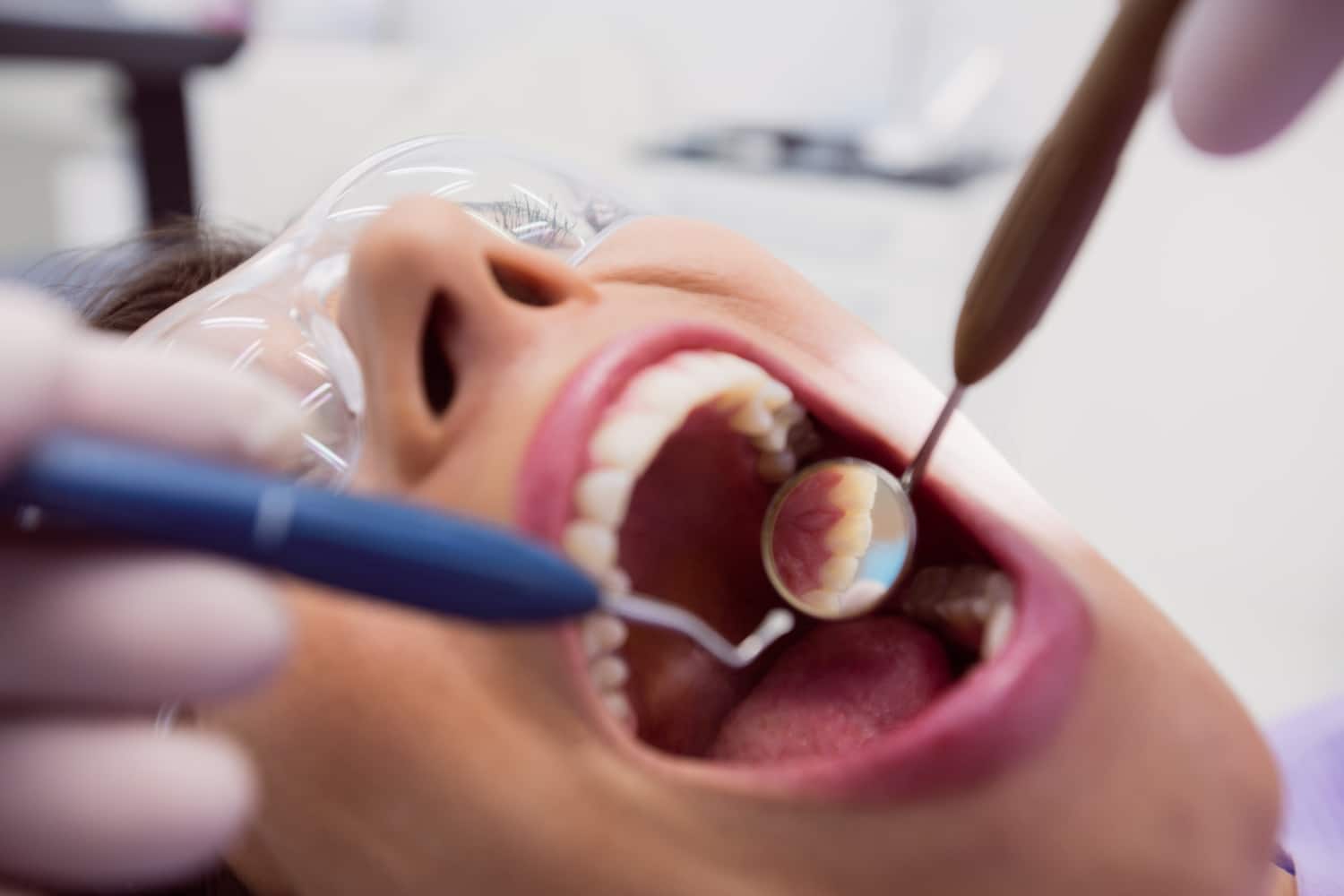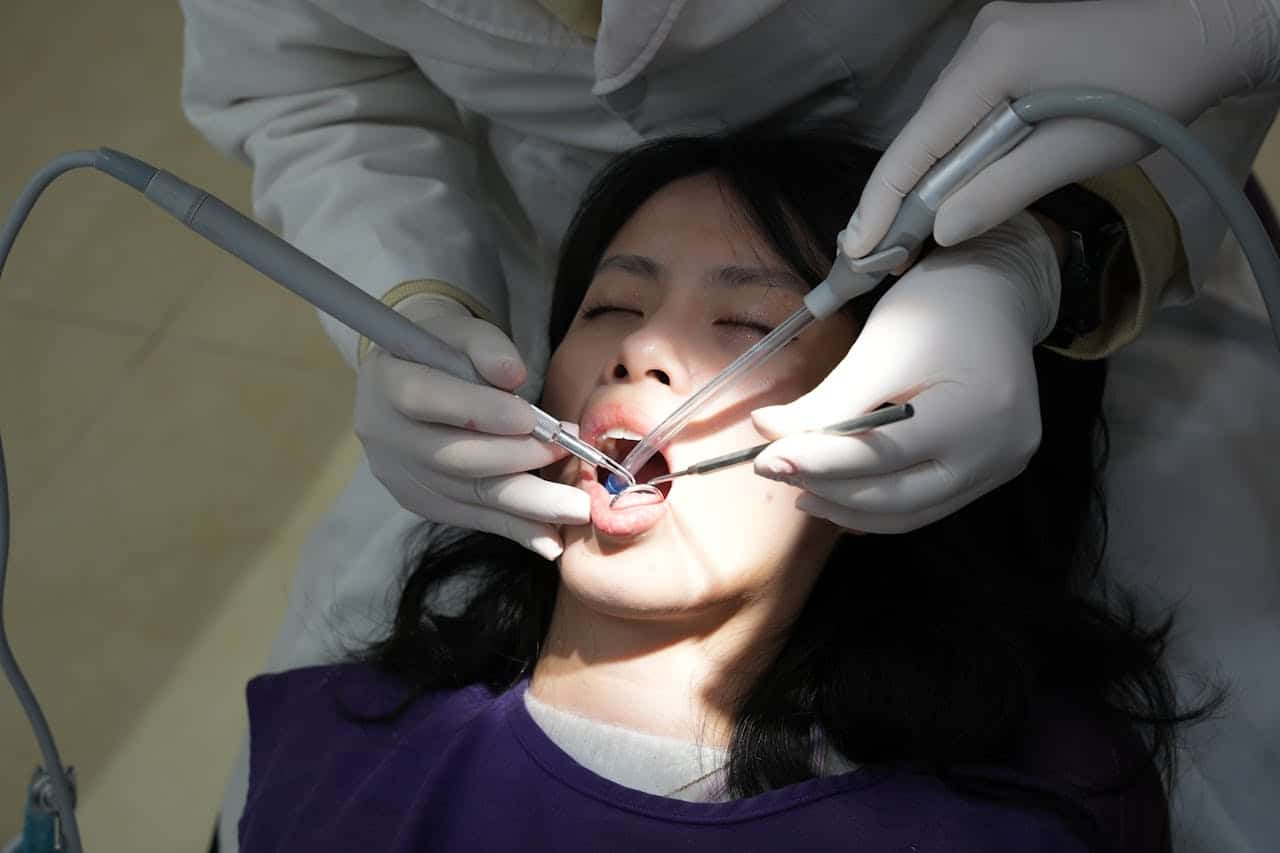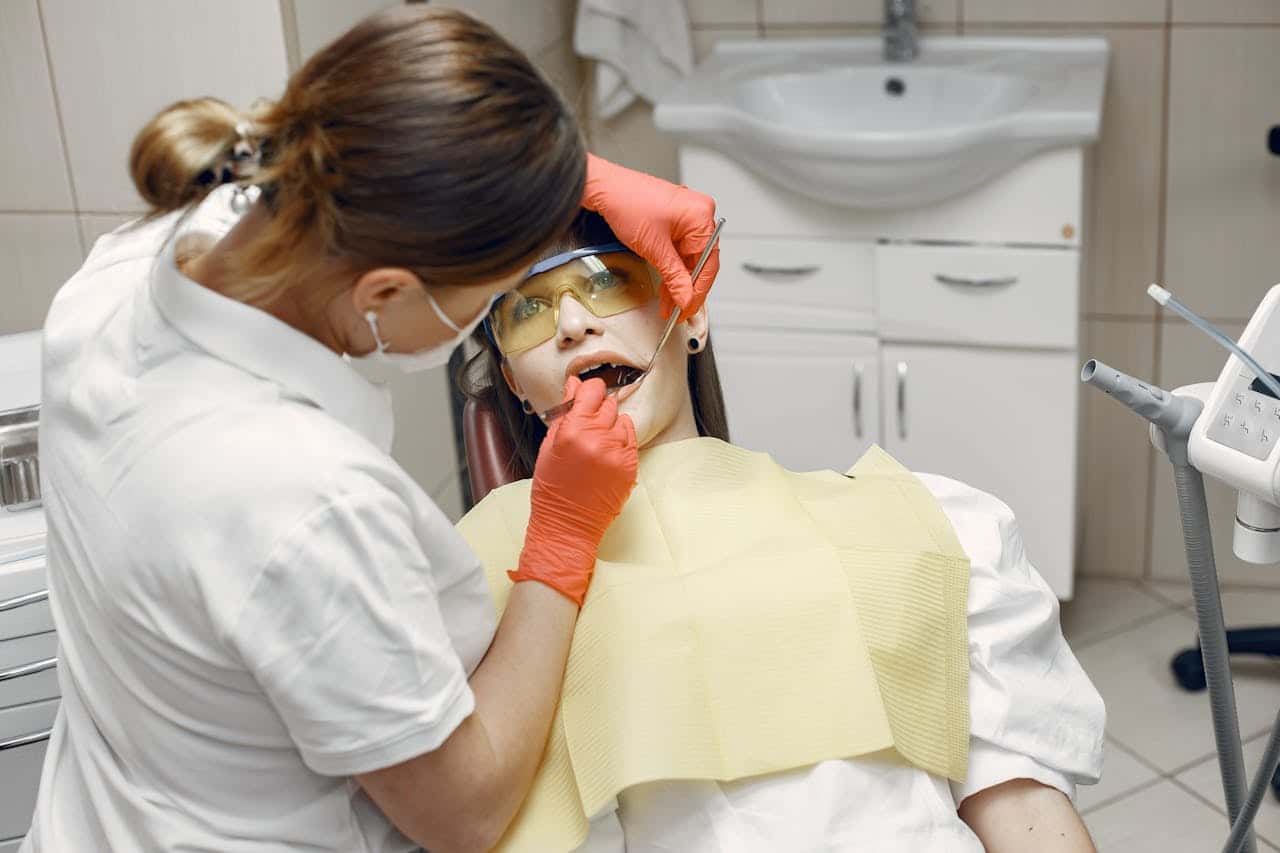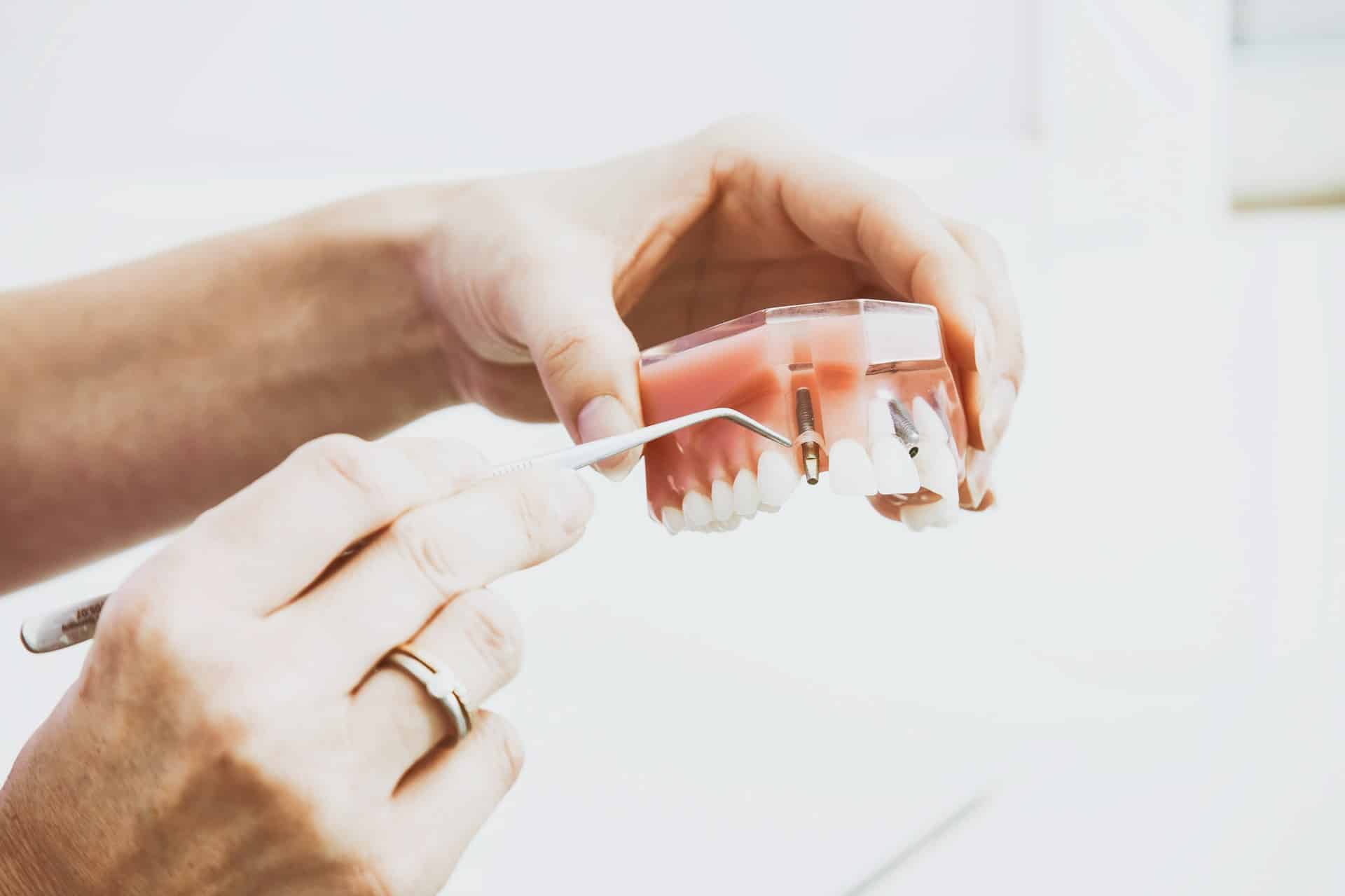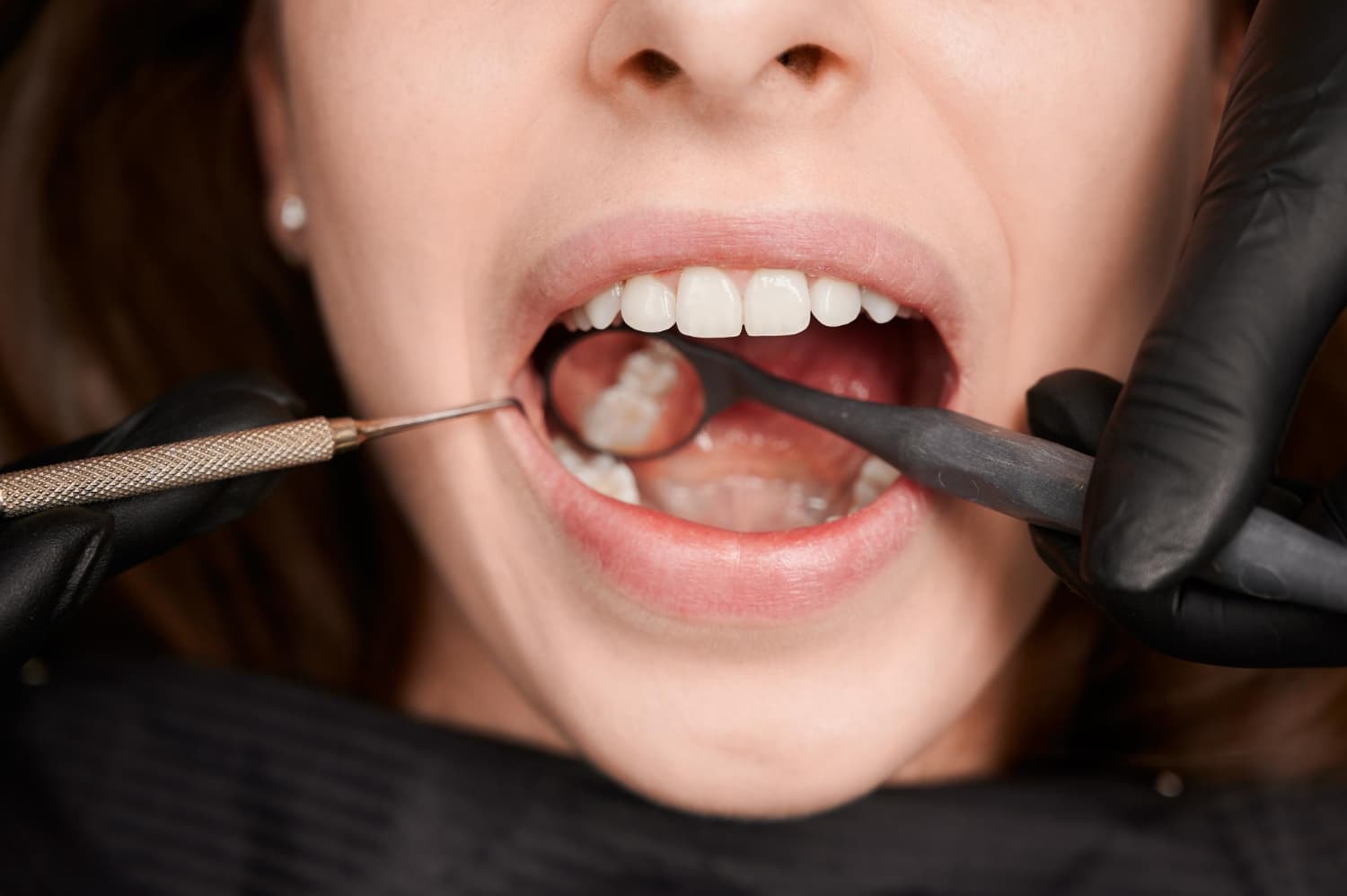Visiting the dentist regularly might not be at the top of your to-do list, but it’s a habit that can significantly impact your health. A dental check-up isn’t just about maintaining your pearly whites; it’s a crucial part of keeping your entire body healthy. These appointments help catch problems early, preventing them from turning into bigger issues. Regular visits to your dentist have a positive effect, contributing to both your oral and overall well-being.
Many people underestimate the link between oral health and general health. Yet, a simple dental check-up can aid in detecting conditions that might otherwise go unnoticed. By staying consistent with dental appointments, patients benefit from expert guidance that helps maintain a healthy mouth, leading to improved general health too. Taking the time for these check-ups ensures you’re doing your part in maintaining a healthy lifestyle.
Importance of Regular Dental Check-Ups
When you think of dental check-ups, the first thing that might come to mind is a thorough cleaning, which is definitely a key feature. However, the importance of these visits goes beyond just a fresh smile. Here’s why making them a regular part of your routine benefits you in many ways:
– Early Detection: Dentists can catch a problem early on, whether it’s a cavity, gum disease, or something more severe. By identifying issues early, the intervention is often less invasive and more effective.
– Decay Prevention: Regular cleanings prevent plaque buildup, reducing the chance of cavities and preserving your teeth.
– Gum Health: Ignoring gum health can lead to periodontal disease, which is preventable with consistent care.
– Oral Hygiene Maintenance: Your dentist teaches and reinforces good hygiene practices, offering personalized advice.
– Professional Cleaning and X-Rays: Beyond brushing and flossing, professional cleaning ensures stubborn plaque is removed. X-rays reveal hidden issues such as impacted teeth or bone decay, which are hard to detect visually.
These check-ups are invaluable for maintaining a healthy set of teeth and gums. They save you from more intense procedures and costs down the line. In short, regular visits to your dental clinic set a foundation for long-term health that you don’t want to neglect.
What to Expect During a Dental Check-Up
Walking into your dentist’s office, you might wonder what exactly happens during these check-ups. Knowing what to expect can ease any nervousness you might feel. The process typically begins with a physical examination. Your dentist will carefully inspect your teeth and gums, checking for any signs of decay, gum disease, or other issues. This might include using a small mirror to look behind and between teeth.
Next, you’ll experience a deep clean and polish. This is where the real magic happens in a check-up. Dental hygienists use special tools to remove plaque and tartar that normal brushing might miss, especially from areas that are difficult to reach. They finish up by polishing your teeth, which helps to remove surface stains and leaves your smile extra shiny.
Sometimes, you might get dental X-rays. These are essential for spotting issues that aren’t visible during the physical exam, like infections or damage to the jawbone. X-rays offer a comprehensive view and help your dentist create a personalized treatment plan, if needed.
Finally, you’ll have a chat with your dentist. This consultation allows you to discuss any concerns, ask questions, and receive advice for maintaining oral hygiene between visits. Don’t hesitate to bring up any unusual symptoms or changes in your mouth.
Tips to Make the Most of Your Dental Visit
To get the best out of your dental visits, a little preparation goes a long way. Here are some simple tips that ensure your appointment is as effective and comfortable as possible:
1. List Your Concerns: Before your appointment, take a moment to think about any questions or issues you’ve been experiencing. Writing them down ensures you don’t forget anything in the moment.
2. Share Health Updates: Inform your dentist about any changes in your medical history since your last visit, including medications. Some conditions and treatments can affect your oral health, so it’s vital your dentist is in the loop.
3. Post-Visit Follow-Up: After your check-up, your dentist might offer some advice or next steps. Whether it’s a new flossing technique or specific toothpaste to try, following through can make a big difference in your oral health.
4. Routine Adherence: Don’t wait to schedule your next check-up. Set it up before you leave the dental office to ensure you remain on track with your oral care routine.
Encouraging Regular Check-Ups in Pickering
Setting a routine for dental visits is just as important as your home oral care habits. In Pickering, establishing regular check-ups helps form a partnership between you and your dentist, setting the stage for proactive rather than reactive health care. Consistency in dental appointments supports early detection and prevention, saving you from potentially uncomfortable and costly procedures.
Finding a reliable dentist in Pickering involves considering factors like location, office hours, and services offered. Recommendations from friends and family can be a helpful starting point. Visiting the office to get a feel for the environment and meeting the team might also aid in making your choice.
Having a dependable local dental practice is invaluable. It ensures you have a trusted place to turn to for any dental needs, whether it’s a routine check-up or something more urgent. A good relationship with your dentist can make a world of difference in how you approach your oral health.
Keep Your Smile Healthy with Regular Check-Ups
Regular dental check-ups should be a non-negotiable part of your health routine. They play a remarkable role in maintaining not just your smile, but your overall well-being. By giving attention to oral health, you contribute positively to your general wellness.
In Pickering, prioritizing dental health means committing to regular visits and embracing the advice of skilled professionals. The benefits of having a clean, healthy mouth extend beyond a great-looking smile; they touch on every aspect of your health, enhancing your quality of life. Remember, a little investment in these check-ups reaps lifelong returns in terms of a brilliant, healthy smile and a healthy body.
Prioritize your dental health with regular check-ups and ensure your well-being is never compromised. To support your oral health journey, explore Pickering Dental services provided by Pickering Dental Services. With a focus on family dentistry, we’re here to help keep your smile healthy and bright, offering a comprehensive range of care tailored to your needs.





